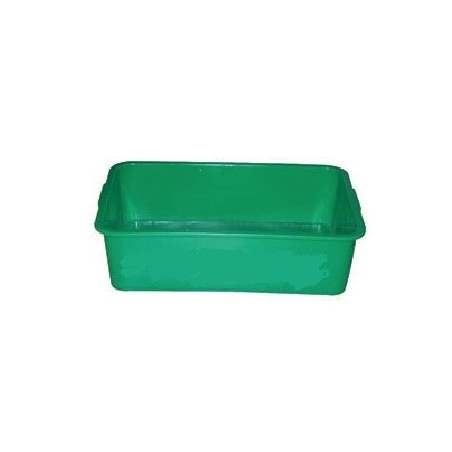Production
A drop in wholesale pork prices after a May 2020 peak caused Korean farmers to voluntarily reduce their sow inventory in the second half of the year. Sow numbers fell from 1,041,000 head in March 2020 to 1,010,000 in December 2020. However, the wholesale price plunged below production costs for small-scale farms in October 2020. The average production cost per head of swine was 3,698 won per kilogram with wholesale prices valuing 3,335 won per kilogram before recovering in November 2020. The 2021 wholesale prices are expected to range between 4,200 – 4,300 won. Although this figure is below the average production cost for farms raising under 1,000 head, these facilities account for around 15% of the swine operations in Korea. Most farms are expected to turn a profit at the anticipated price point as well as increase herd size in 2021.

The pig crop per sow increased in 2020 due to environmental conditions and lower porcine disease outbreaks. Although African Swine Fever (ASF) continues to be detected in wild boars, Korea had only two cases of ASF outbreaks in commercial farms in 2020. Depopulated farms along Korea’s northern military border have now begun to restock their operations.
Total hog inventory in December 2020 dropped to 11.08 million head, down from 11.37 million head in September 2020. The largest drop was in piglets under two months old, followed by hogs aged four to six months. This will cause the overall slaughter number to drop during the first half of 2021. As pork wholesale prices are projected to increase due to low slaughter (4,200 – 4,300 won/kilogram), farmers will increase inventory during the second half of 2021. However, total pork production in 2021 is projected to drop due to low slaughter caused by the low hog inventory during the second half of 2020.
Consumption
The sudden decline in pork consumption in 2020 was caused by COVID-19 restrictions affecting restaurants and schools, and over 70% of Korea’s total meat consumption venues suffered a drop in demand due to the pandemic. While pork demand for in-home dining has increased, overall pork consumption dropped in 2020. Korea’s pork consumption is expected to rebound modestly in 2021.
As imported pork is generally consumed more in restaurants than at home, increased home dining in 2020 has had a negative impact on imported pork consumption. As more consumers increased their pork consumption for home dining, domestic pork consumption increased 6.2% in 2020 over the 2019 level. Conversely, the consumption of imported pork dropped 14.6% during this period. As domestic production slows in 2021 due to lower slaughter, pork imports are projected to rebound in 2021 to offset the supply gap.
Trade
Pork imports that largely went for processing purposes soared in 2018, but somewhat stabilized in 2019. This trend continued into 2020 due to high inventory of domestic ham and the high inventory of pork in storage due to the lack of demand. Some industry reports indicate that Korea’s warehouse inventory was used as a hedge by speculators in anticipation of an ASF outbreak in Korea, an event that has not transpired. In addition to the high inventory in picnic ham, import prices have begun to increase in 2020 as China resumed pork imports to meet its demand. A September 2020 ASF outbreak in Germany, the second largest pork exporter to Korea, had minimal repercussions in Korea as most of these imports were for institutional and restaurant use, where the demand has dropped considerably due to the pandemic.
March 18, 2021/ USDA/ United States.
https://apps.fas.usda.gov/







